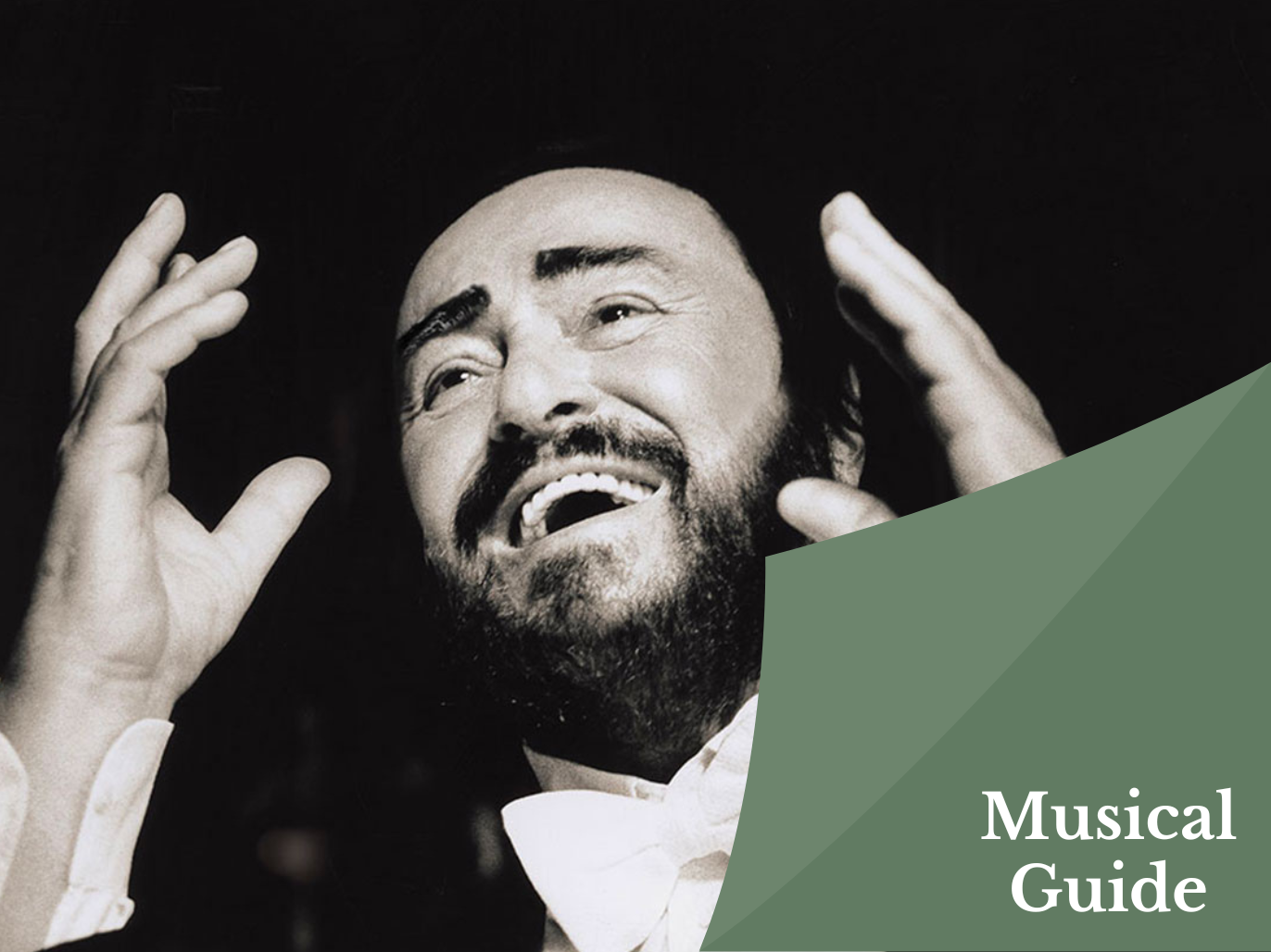Have you ever heard somebody being described as the “coloratura soprano” and not known what that meant? Or even somebody debating if someone is a true dramatic or lyric tenor? Vocal classifications can seem like a mystery – especially if you don’t come from a classical background.
The human voice is quite possibly the first musical instrument and the need to classify voice types originates from the beginning of polyphonic vocal writing in the 11th century. In order to map out harmonies or vocal lines, composers created the SATB choral formation (soprano, alto, tenor, bass) that has since been expanded on over time to create our modern voice types. Classical and operatic vocal types are split into vocal range, timbre and singing style and this classification system is sometimes referred to as the German Fach. It is important to note that this type of vocal classification only applies to classical voice technique and can only be loosely applied to jazz, pop or broadway voices.
